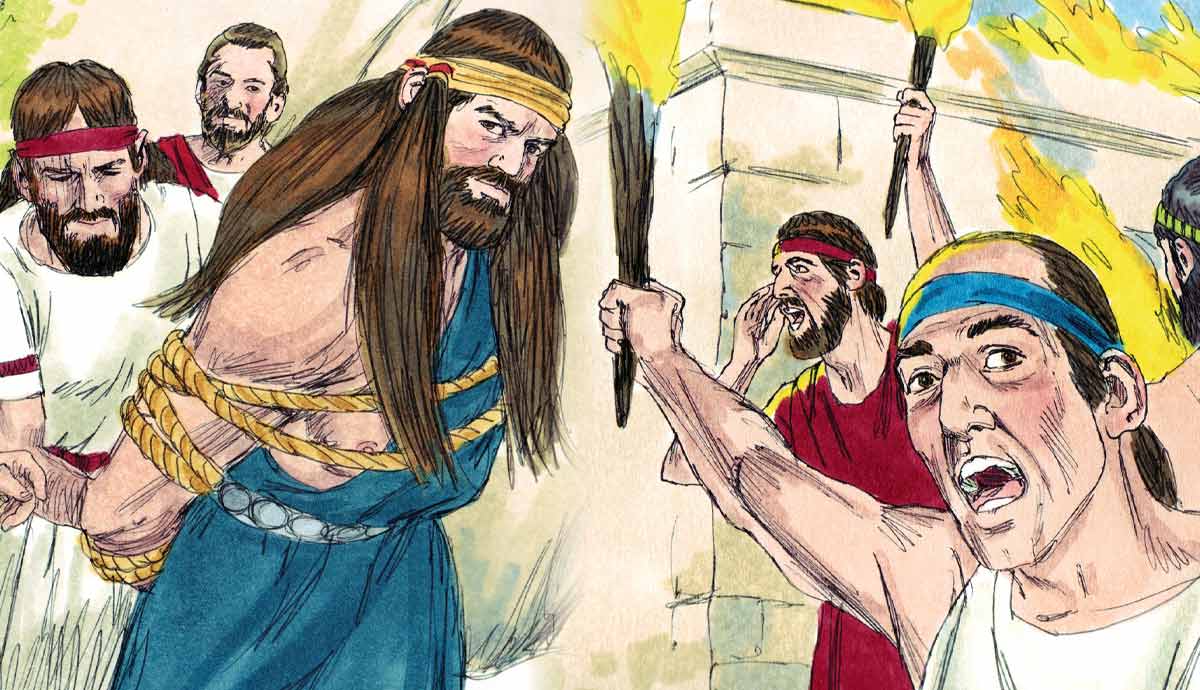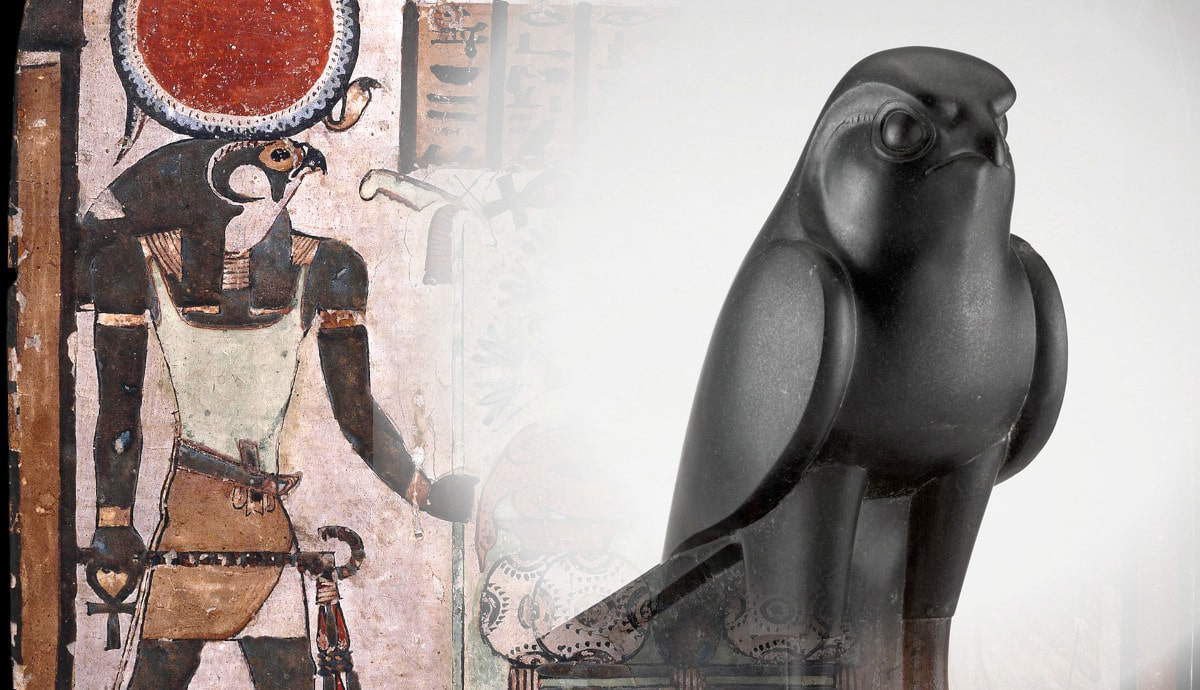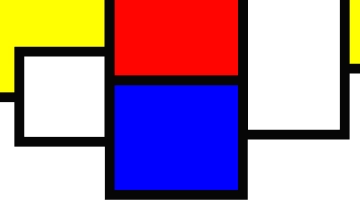
summary
- Symbol of Protection and Kingship: The Eye of Horus, or Wadjet, was a symbol in ancient Egypt representing protection, restoration, and the divine authority of the pharaoh, who was seen as the living embodiment of Horus.
- Mythological Significance: The Eye of Horus symbolized the restoration of Horus’ lost eye after his battle with Set, reflecting themes of healing and renewal. It was also linked to funerary rituals, ensuring the pharaoh’s restoration in the afterlife.
- Connection to the Eye of Ra and Wadjet: The Eye of Horus was often conflated with the Eye of Ra, a symbol of solar power and retribution. Wadjet, a cobra goddess, was associated with the Eye, further tying it to protection and the unification of Upper and Lower Egypt.
- Modern Interpretations and Anatomical Links: Some studies suggest the Eye of Horus may symbolically represent parts of the human brain, aligning with ancient Egyptian medical knowledge. Today, it remains a popular amulet for protection and prosperity.
Egyptian religion was filled with magical symbols, amulets, and totems. The Eye of Horus, often called the Wadjet or Wedjat Wye, was one of the most significant. Sometimes seen as a distinctive goddess, it was also represented as an aspect of the sky god, Horus, and seen as a symbol of protection and kingship. This symbol is not to be confused with the Eye of Ra, a symbol of the sun god Ra’s power. The specifics of the symbolism varied over the millennia, but each symbol had specific characteristics in Egyptian culture.
Origins of the God Horus

Horus was one of the most widely worshiped deities in the Egyptian pantheon. A sky god, a god of kings, and even a sun god at times, he was already worshiped in the Predynastic period (before 3200 BCE), making him one of the oldest gods in Egypt. His cult center, Hierakonpolis (Nekhen in Egyptian), means “city of the hawk” or “city of the falcon,” and it was the capital of Egypt during its earliest eras. Horus himself was often represented as a falcon or falcon-headed man, and his Egyptian name, Hrw or Heru, can mean “falcon,” “he who is above,” or “he who is far away.”

Mythically, he was one of the most complex gods with numerous versions. There was Horus the Elder, who was one of the five children of Geb, god of earth, and Nut, goddess of the sky, and therefore brother to Osiris and Set. Later, Horus became more famously the son of Osiris and Isis and the nephew of Set. Finally, in the Hellenistic and Ptolemaic periods, he was Harpocrates, a Greco-Egyptian version where he was depicted as a child god. Horus was also combined with Ra to be Re-Horakhty, the falcon-headed god with the sun disk above his head surrounded by a cobra.
The Eye of Horus

As Horus was the god of kingship, the pharaoh was his living personification. The pharaohs, as they continued Horus’ divine reign on earth, displayed several symbols of power and protection. The Eye of Horus was one of them.
In the Pyramid Texts, dating to the Old Kingdom (c. 2700-2200 BCE), the Eye of Horus is an icon of protection and restoration that reflects the pharaoh being restored in the afterlife. Horus lost his left eye (often representing the moon) during the Contendings of Horus and Set when he battled with his uncle for kingship over Egypt following the murder of his father Osiris. However, his eye was returned to him by Thoth, just as the pharaoh shall have his soul and power returned to him in the afterlife. Hymns written in the 5th dynasty pyramid of Unas depict the eye of Horus as a rejuvenating ointment:
“Osiris Unas, I give you the Eye of Horus, that your face may be adorned with it, that the perfume of the Eye of Horus may spread towards you…”
Later, the hymn acknowledges the eye that was gouged out by Set in their confrontation:
“Osiris Unas, take the Eye of Horus snatched from Seth, which you shall take to your mouth, that you open your mouth with it!”

More details reference the offerings that were left for the pharaoh in the form of the Eye of Horus, including meat, wine, and beer:
“Unas, take the Eye of Horus which you shall find! Unas, take the Eye of Horus which was snatched from Seth, which was rescued for you, that you may open your mouth with it! Unas, take the Eye of Horus, the liquid which came out of Osiris! Unas, take the Eye of Horus which was rescued for you, which will not separate itself from you! Unas, take the Eye of Horus that you may be provided with it!”
The repetitive nature of the hymns points to the importance of these funerary rituals, with later sections again noting how the pharaoh would have cosmetic ointments rubbed on his face, whether on the mummy itself or the wrappings, in the form of the eye:
“Osiris Unas, the sound Eye of Horus is being rubbed on your face.”
This was to show that the pharaoh was indeed Horus on earth. Egyptians understood the pharaoh to be divine, but it was through the gods of heaven that his eternal life was guaranteed, and the Eye of Horus served to protect the king in life and restore him in death.
Names for the Eye of Horus

The Eye of Horus was often interchangeable with other symbols, including the Eye of Ra. As the sun god, Ra reflected power in Egypt, the sun being exceptionally intense in this desert land. Early Egyptian belief focused on Horus as the god of the sky, with his eyes being the sun (the right eye) and the moon (the left eye). As previously noted, Horus’ left eye was gouged out by Set, yet the right eye was the symbol of Ra, seemingly indicating Ra was a component of Horus. Yet Ra was synonymous with Atum, Horus’ great-great-grandfather, making the connection even more convoluted. Later, by the New Kingdom, the Eye of Ra was considered solar, while the Eye of Horus was considered lunar.
Complicating the symbolism is that the Eye of Ra did not start out as an amulet or token, but rather as a goddess that imposed Ra’s will on humanity. Ra sent his “eye” to punish mankind for their transgressions, usually in the form of a cat or lioness goddess like Bastet or Sekhmet. Later, both eyes were represented in amulet form, but with very different purposes. The Eye of Horus was a symbol of protection and restoration, while the Eye of Ra was a symbol of divine power and retribution. Nevertheless, both could be seen as protection (Ra protects his will by sending his eye) and restoration (by purifying the world through destruction, it can then be restored according to Ra’s will).

To critique the comparison even further, the standard notion is that Horus’ eye as the left, with the swirling line going to the right, while Ra’s eye as the right, with the swirling line going to the left (meaning the eye that, to us, looks like a capital “R” is the opposite of Ra’s). However, there was no exact consensus in ancient Egyptian iconography, and often the Eye of Horus was painted or carved both ways.
The eye also included other characteristics, such as being depicted with an arm coming out in offering, usually for a funerary purpose, or with a vulture and cobra, symbolizing the two lands of Egypt that Horus ruled. The vulture, or Nekhbet, represented Upper Egypt in the south, while the cobra, or Wadjet, represented Lower Egypt in the north. It was this association with the cobra that gave the Eye of Horus its Egyptian name: the Wadjet.
Who or What is Wadjet?

Wadjet, Wedjat, or Udjat are all the same name but may represent different things depending on the context. Originally, Wadjet was a prehistoric goddess associated with Lower Egypt, specifically the city of Buto, or in Egyptian Per-Wadjet (literally “House of Wadjet”). With her sister-goddess, Nekhbet, who symbolized Upper Egypt, they soon lost their qualities as distinctive figures. By the First Dynasty, they became personifications of the regions themselves. Wadjet’s association with the Eye of Horus perhaps began as a confusion with the Eye of Ra, as she was one of his original daughters sent out as Ra’s eye to fulfill his will.
One day, Ra lost his children, Shu (air) and Tefnut (moisture). He sent Wadjet to look for them, and upon finding them in the waters of chaos, she returned in triumph. Rejoicing, Ra began to cry, his tears forming the first human beings. The sun god then placed Wadjet atop his solar crown, which is why the Wedjat symbol surrounds the sun disk in depictions of Ra (or the amalgam, Ra-Horakhty). Thus, Wadjet usually refers to the goddess, while Wedjat refers to the symbol. However, it’s important to understand that Egyptian lacks proper vowels, and the pronunciation of one versus another is speculative. As the Wedjat symbolizing Ra eventually became conflated with the Eye of Horus, the word can mean the cobra goddess, the land of Lower Egypt itself, the Eye of Horus symbol, the Eye of Ra symbol, or all at once.
The Brain of Horus?

The Eye of Horus has historically been seen as a magical amulet associated with protection, divine power, and restoration. However, recent studies from neurosurgeons at the Mayo Clinic in Jacksonville have put forth the argument that the symbol may also represent anatomical connections to the human brain. Based on Egyptian heqat fractions, units of volume used in measuring grain or beer, physicians have suggested the Eye of Horus represents these fractions, and each part of the symbol corresponds to the six senses: smell, sight, thought, hearing, taste, and touch.

While Egyptian medicine was one of the most advanced in the ancient world, and evidence of brain surgery has been found in mummies, to what extent Egyptian doctors understood the various regions of the brain is not fully known. However, to illustrate their proposal, the Mayo Clinic neurosurgeons superimposed the Eye of Horus over the mid-sagittal image of the human brain and noted the components of the symbol that corresponded to the neuroanatomical features.

For example, when the Eye of Ra is overlain on the mid-sagittal section of the brain, the part of the Eye of Ra closest to the nose is indeed located in the vicinity of the olfactory trigone responsible for the sense of smell. Similarly, the part of the eye that extends back toward the ear is located near Brodman areas 41 and 42, linked to auditory sense. The swirling line of the Eye of Horus on the left corresponds to the shape and location of the taste pathways in the human brain, while the straight line coming down resembles the shape of the somatosensory pathway that carries sensations from the body to the brain. Finally, the corpus callosum nerve that corresponds with the eyebrow represents thought or wisdom. This tract is a bundle of nerve fibers that communicate across both hemispheres of the brain, influencing thought and coordinated movement of the body.
While fascinating, the publishing physicians acknowledge that the study is based on pure speculation and hypothesis of Egyptian medicine rather than empirical scientific explanation.
The Meaning of the Eye of Horus

The Eye of Horus has experienced a long and complex history. It represented divine protection and restoration, beginning with the pharaoh, the living incarnation of Horus on earth, and then extending to anyone who carried the amulet. It symbolized the lost eye of Horus in his battle with Set for control of Egypt, ultimately reflecting the lunar eye of the night sky. It then became conflated with the Eye of Ra, the solar symbol and the representation of the sun god’s vengeance. It even, perhaps, reflects the Egyptian’s understanding of the anatomy of the brain.
Today, the amulet is often worn as a charm, once again representing protection and prosperity, though no longer limited to a god-king and rather enjoyed by any and all Egyptophiles.








